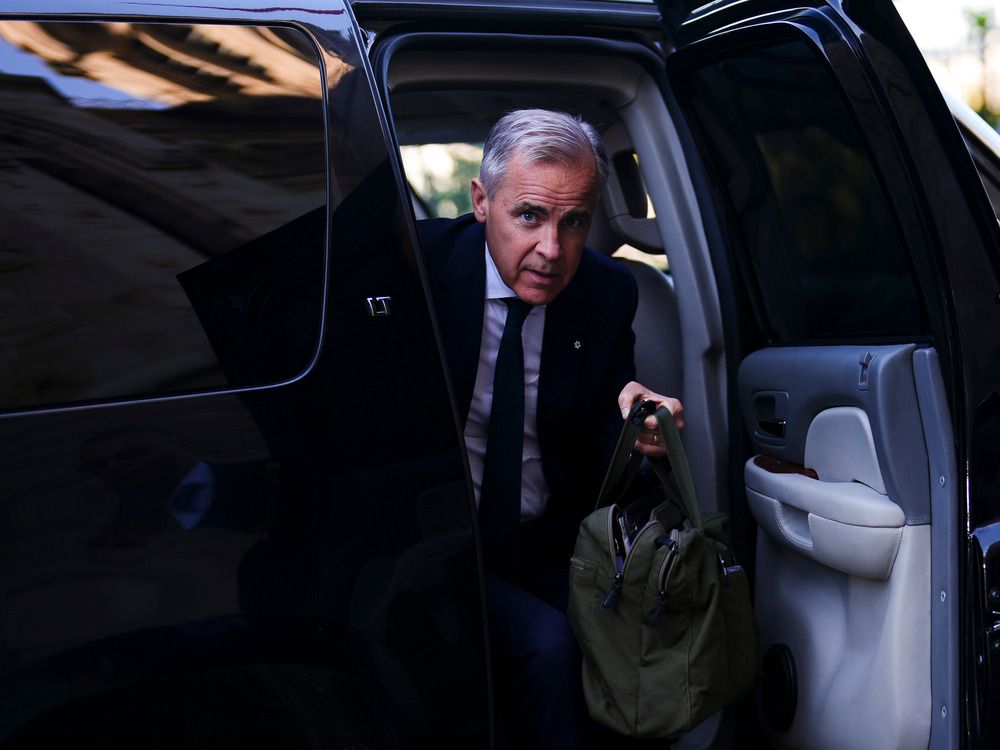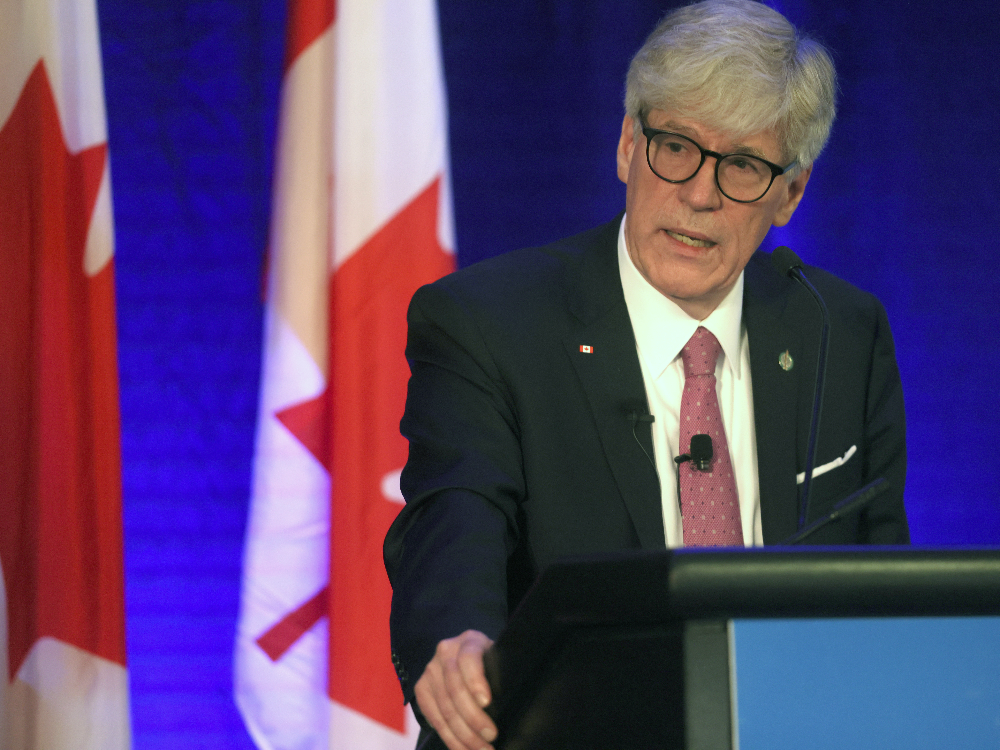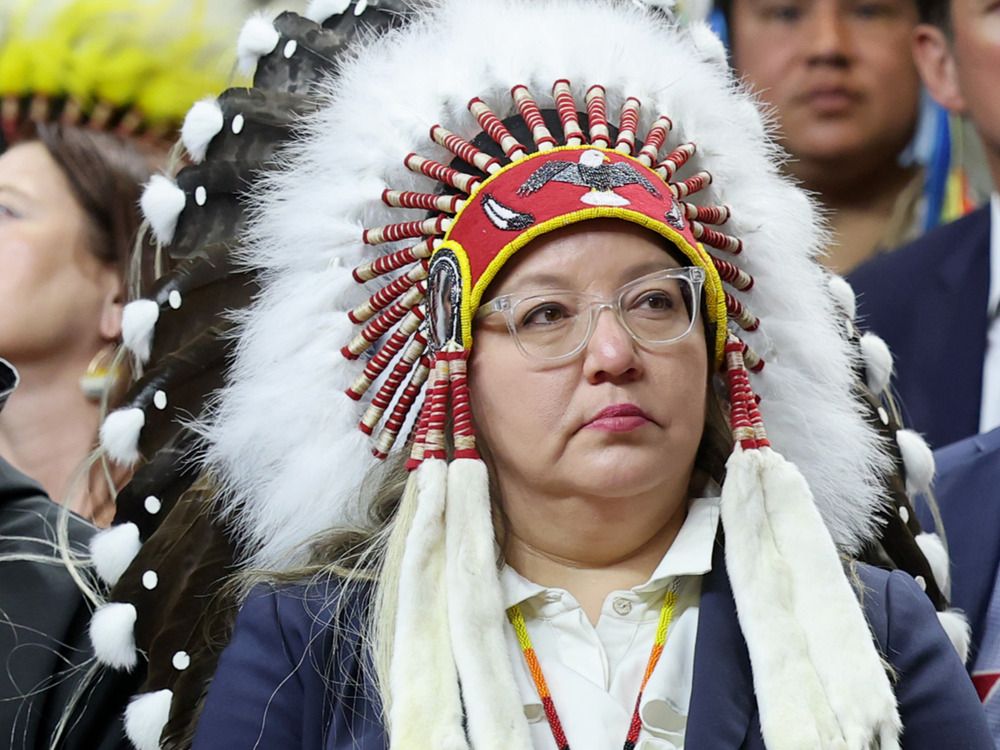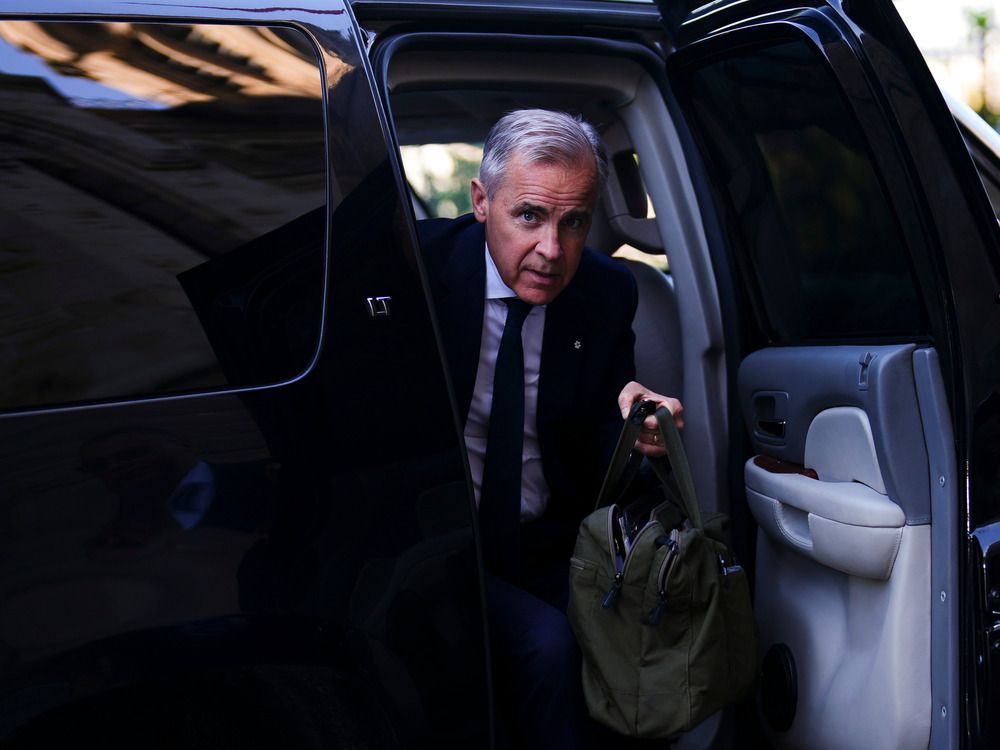
OTTAWA
— Think of it like the premiers’ edition of Dragon’s Den.
When provincial and territorial leaders meet in Saskatoon next week, each will arrive armed with a list of projects they want fast-tracked and are seeking federal money to get off the ground.
While Prime Minister Mark Carney has not signalled that he plans to act like a venture capitalist to finance these endeavours, he has promised to speed up the timeframe from five to two years for massive infrastructure and energy projects to secure the necessary approvals by creating a new major projects office.
Doing so would happen through legislation planned to be tabled by the end of June, expected to be combined in a bill to fulfill Carney’s other promise of eliminating federal trade barriers. He has said he wants that to happen by July 1.
A background document, titled “major projects and proposed national interest legislation,” prepared by the Privy Council Office and obtained by National Post, outlines how Carney’s government intends to fulfill his federal campaign promise to “build, baby, build.”
“The legislation would be designed to enable upfront decision-making on a small number of projects,” it reads.
“Once a project is determined to be in the national interest, federal reviews will shift from ‘whether’ to build these projects to ‘how’ to best advance them. It will streamline multiple decision points for federal approval and minimize the risk of not securing project approval following extensive project work.”
It goes on to highlight how the forthcoming legislation would lay out the factors that would be used to determine how a project would be considered to be in the “national interest.”
“Projects will also be assessed against Indigenous and provincial (and) territorial interests and their clean growth potential.” It adds that leaders have asked that mines, nuclear facilities and ports be prioritized along with “other infrastructure.”
According to the document, the legislation would include a list of “national interest” projects, adding that the government could add to that list through various orders.
“Once determined to be in the national interest, a project would be prioritized and benefit from a seamless, single point of contact — the major federal projects office.”
“This will include coordinating Crown consultation processes and ensuring federal resources are prioritized to the most important projects.”
It goes on to describe that a regulatory order stating a project was in the national interest would allow the legislation “to provide that all subsequent federal regulatory requirements are deemed to have been satisfied” and that a “conditions document” would be issued to address impacts of the project, which could include “mitigation measures.”
Energy and Natural Resources Minister Tim Hodgson is slated to be on hand for the upcoming first ministers’ meeting to discuss the efforts around project building.

In anticipation of the premiers’ gathering with Carney, provincial and territorial leaders have submitted lists of projects they hope will be selected for speedier approvals.
It was an ask Carney made to the leaders following a meeting held back in March as a way to bolster Canada’s economic power against U.S. President Trump’s tariffs.
In the lead up to the upcoming meeting, National Post contacted every premier’s office about their requests.
Ontario Premier Doug Ford has named the Ring of Fire, a long-dreamed-of mining project in the mineral-rich Hudson’s Bay lowlands.
Recently, his Progressive Conservative government’s efforts to name the area as a “special economic zone”
— a
power it was seeking to grant itself through a controversial piece of legislation known as Bill 5
—
was met with backlash from environmental and First Nations’ groups.
They voiced concerns that it weakened environmental protections in the name of cutting red tape, and threatened First Nations’ constitutional rights to be consulted on major projects on their territories.
In response, his government said it would amend the bill to affirm its “duty to consult” First Nations as outlined under section 35 of the Constitution.
The background document on the proposed federal legislation said it would reflect the duty to consult Indigenous rights holders, adding that obligation, as well as existing environmental protections, “will be respected while balancing the economic growth agenda.”
However, environmental groups like Greenpeace Canada have already raised concerns about potentially bypassing environmental rules and stated that clean energy projects ought to be prioritized over expanding fossil fuels.

Ahead of his meeting in Saskatoon, Carney met on Thursday with Assembly of First Nations National Chief Cindy Woodhouse Nepinak. He also met with Natan Obed, president of
Inuit Tapiriit Kanatami, the national Inuit organization.
Woodhouse Nepinak has said she understands the frustration some First Nations chiefs have been expressing about the government’s approach to fast-track projects, saying they need to be at the table when decisions are being made.
Carney told CBC in an interview aired this week that when the leaders gather in Saskatoon, “we are going to name specific projects to which these fast-track approvals apply so that the country can get moving.”
As for projects provinces and territories have been pushing, Manitoba Premier Wab Kinew is asking for federal support to build a “one Canada trade corridor” through its Port of Churchill, located on Hudson’s Bay.
In a letter sent to Carney this month, Kinew says the project would also need federal money for icebreakers to create a longer shipping season in the Arctic waters of Hudson’s Bay, and for new energy transmission and generation for power.
Meanwhile, Nova Scotia Premier Tim Houston plans to advocate for federal support to develop offshore wind energy and export it west by building a cable across the country, a project he calls “Wind West.”
In a slickly-produced yet-to-be-released video, Houston says Nova Scotia has the potential to power up to 27 per cent of the country’s electricity and that it could make the province an “energy superpower.”
“Canada would be even stronger with Energy East and Wind West,” he says in the video.
TransCanada announced back in 2017 that it was cancelling its proposed Energy East pipeline that would have carried oil from Western Canada to New Brunswick and Quebec.
Both Alberta and Saskatchewan have called on Carney to repeal laws critics say have been hostile to pipeline development, namely the Impact Assessment Act and tanker ban off of British Columbia’s northern coast, which were ushered in under his predecessor, former prime minister Justin Trudeau, and have long been a source of contention.
In this week’s throne speech, read by King Charles III, Carney’s government outlined how it wants to make Canada an “energy superpower” both through clean and conventional energy.
While Premier Scott Moe’s office says Saskatchewan has submitted a list of projects ranging from conventional energy to mining and critical minerals, a spokesman for Alberta Premier Danielle Smith said she provided “a list of Alberta’s priorities,” including “a clear commitment to work with Alberta to build an oil pipeline to the northwest B.C. coast.”
Other priorities listed include repealing the impact assessment act, tanker ban, emissions cap, as well as net-zero electricity regulations.
Speaking to reporters on May 16, Smith said she plans to push for the Northern Gateway pipeline to be revived, a project which Enbridge had proposed but was ultimately cancelled following pushback from Indigenous communities voicing concerns about the risk of it running through B.C.’s northern coast.
The Privy Council Office has not yet responded about which provinces and territories have submitted lists of projects to be considered.
staylor@postmedia.com
National Post
Get more deep-dive National Post political coverage and analysis in your inbox with the Political Hack newsletter, where Ottawa bureau chief Stuart Thomson and political analyst Tasha Kheiriddin get at what’s really going on behind the scenes on Parliament Hill every Wednesday and Friday, exclusively for subscribers. Sign up here.
Our website is the place for the latest breaking news, exclusive scoops, longreads and provocative commentary. Please bookmark nationalpost.com and sign up for our politics newsletter, First Reading, here.
